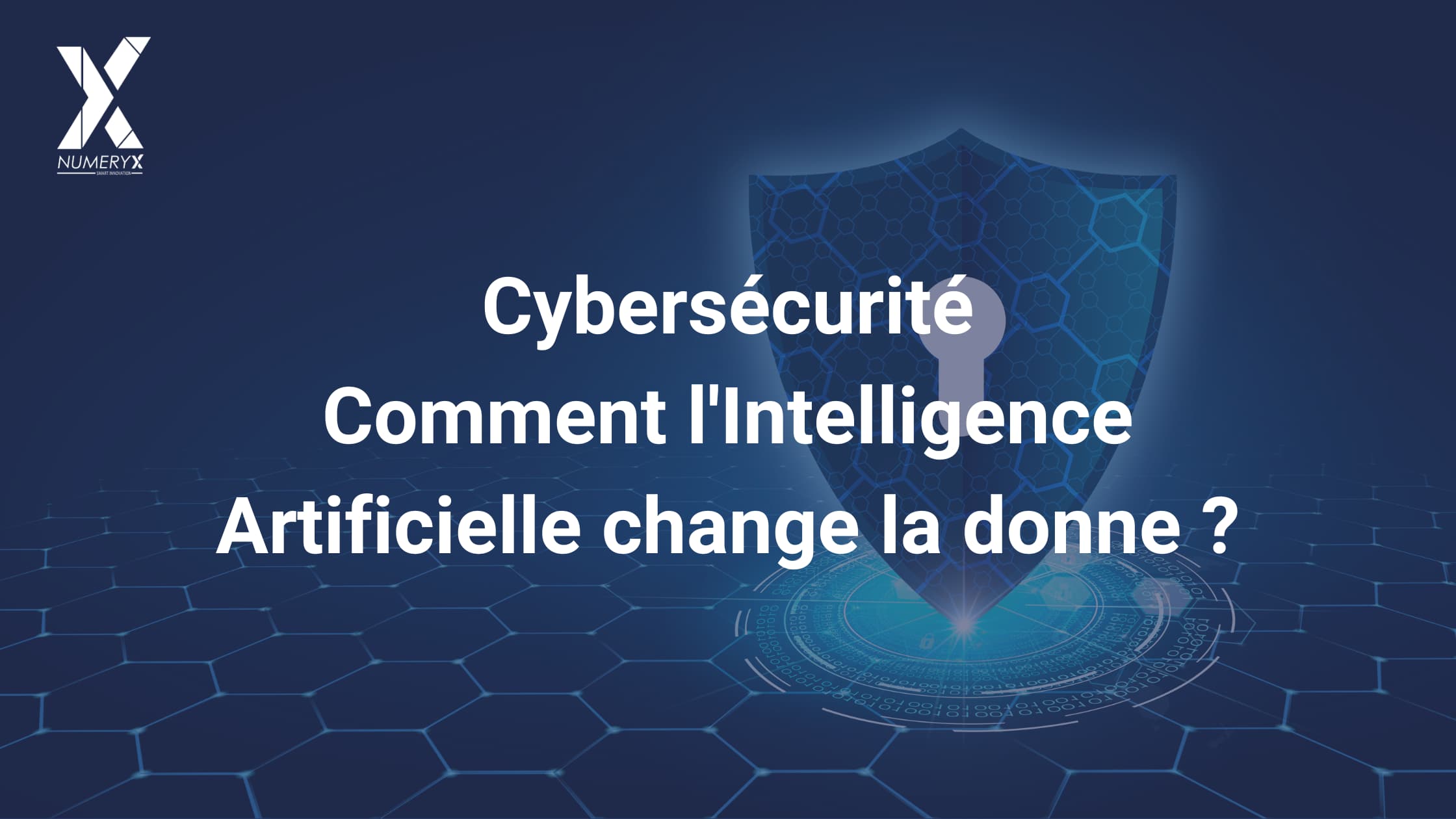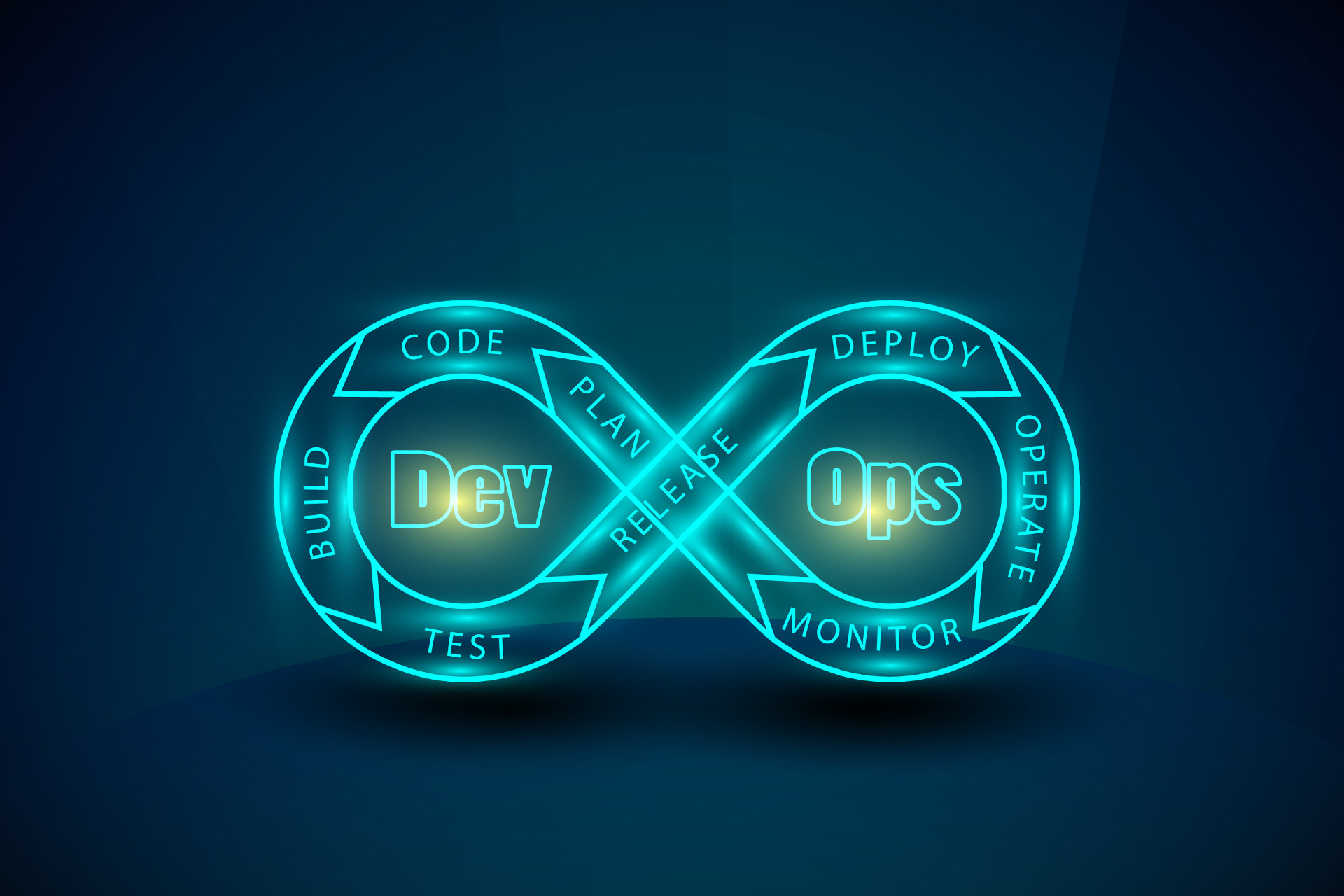Phishing, ransomware, Distributed Denial of Service (DDoS), Man-in-the-Middle (MitM), and other malware… there’s no doubt that cybersecurity has become a major issue for businesses, governments and individuals alike. With the explosion in cyberattacks and online threats, it is estimated that cybercriminal acts have increased by 67% over the last five years. Fortunately, new technologies are being developed every day to protect and secure sensitive data.
Among these innovations, artificial intelligence (AI) is emerging as one of the most promising technological levers. The latest forecasts predict that the AI market in the world of cybersecurity will grow from over $1 billion in 2022 (according to Groupe OnePoint) to $34.8 billion by 2025. AI also appears to be a key solution when you consider that it is becoming increasingly difficult to find qualified cybersecurity professionals. Indeed, it is estimated that there will be 3.5 million unfilled positions in this field by 2025 (according to Cybersecurity For Me).
Is AI really the most appropriate lever? Aren’t the stakes too high, given the lack of prospects for this technology? Isn’t the solution also part of the problem?
The emergence of AI in cybersecurity
AI is now an integrated reality in many fields, including cybersecurity. AI’s ability to analyze vast amounts of data at unprecedented speed and to learn from these analyses make it a valuable tool for detecting and preventing cyber threats. According to a Capgemini report, 69% of companies recognize that without AI, they would not be able to respond to cyberattacks in the necessary timeframe.
How does AI improve cybersecurity?
- Malware detection : AI can analyze patterns of behavior and detect anomalies that could indicate an attempted cyber-attack. Thanks to machine learning, these systems can identify unknown threats that have not yet been catalogued by traditional security methods.
- Automated incident response: if a threat is detected, AI can act automatically to counter the attack. This can include isolating compromised systems, blocking suspicious IP addresses, and implementing patches without human intervention. According to the Ponemon Institute, companies using AI for incident response have been able to reduce the time it takes to identify and contain a data breach by an average of 74 days.
- Proactive prevention: AI can anticipate potential threats by analyzing trends and predicting possible attack vectors. This enables cybersecurity teams to strengthen defenses even before attacks occur.
- User behavior analysis: by continuously monitoring user behavior, AI can identify suspicious actions that could signal account hacking or internal malicious activity.
- Relieve humans of time-consuming tasks: one of the most significant contributions of artificial intelligence to cybersecurity is its ability to automate time-consuming tasks, enabling professionals to concentrate on more strategic activities. This also limits risks, given that 90% of cybersecurity incidents are caused by human error, according to the One Point Group.
The challenges of AI in cybersecurity
However, integrating AI into cybersecurity is not without its challenges.
- Biased data: AI systems depend on data to learn. If the data used to train these systems is biased or incomplete, the results can be inefficient or even harmful. According to a study by MIT technology review, 60% of companies have encountered problems with biased data in their AI projects, leading to erroneous results and inadequate cybersecurity decisions. Adjusting detection thresholds and improving algorithms are key to minimizing these errors and ensuring effective monitoring.
- Evolving threats: the cure may also turn out to be the poison. Indeed, cybercriminals are also using AI to create more sophisticated attacks. The race between defenders and attackers is thus a continuous one, with each side improving its techniques thanks to AI. In this way, AI itself can become a target for attackers. Using data poisoning techniques, for example, which seek to corrupt the training data set to alter the performance of AI models.
- False positives and false negatives: another challenge is to minimize false positives (wrongly detected threats) and false negatives (undetected threats). An AI-based cybersecurity system must be finely calibrated to maintain a balance between vigilance and accuracy.
The future of cybersecurity with AI
There’s no doubt that the future of cybersecurity is closely linked to that of artificial intelligence. With the development of technologies such as deep learning and artificial neural networks, the future holds the promise of increasingly autonomous and precise cybersecurity systems.
Major advances are already underway, such as “digital immune systems”, which mimic the workings of the human immune system to detect and neutralize threats. Combined with this, collaboration between cybersecurity specialists and AI experts will be essential to develop comprehensive, robust solutions.
While predictive detection was once thought to be confined to Hollywood movies and science-fiction flicks such as Minority Report, it seems increasingly likely that AI will soon be able to predict and prevent cyber-attacks before they even happen.
A Capgemini survey reveals that 48% of companies using AI for cybersecurity have observed a 12% reduction in security incidents. By analyzing trends and identifying potential weak points, security systems will be able to proactively strengthen themselves. This predictive capability will transform cybersecurity into a discipline that is not only reactive, but also anticipatory.
The introduction of AI in the field of cybersecurity marks a decisive turning point. By combining the speed and accuracy of AI algorithms with human expertise, we can develop more effective and resilient defense systems. Through continuous innovation and close collaboration, we can look forward to building a more secure digital future. By merging technological innovation with human expertise, we believe in a future where cybersecurity is not only reactive, but also proactive and predictive.
With an integrated, dynamic approach to cybersecurity, it is possible to meet the challenges of the modern digital world and ensure a secure environment for all.
Want to find out more about our cybersecurity technology solutions? Discover ASGUARD, our next-generation sovereign firewall +. https://www.numeryx.fr/solutions-technologiques/pare-feu-nouvelle-generation/




